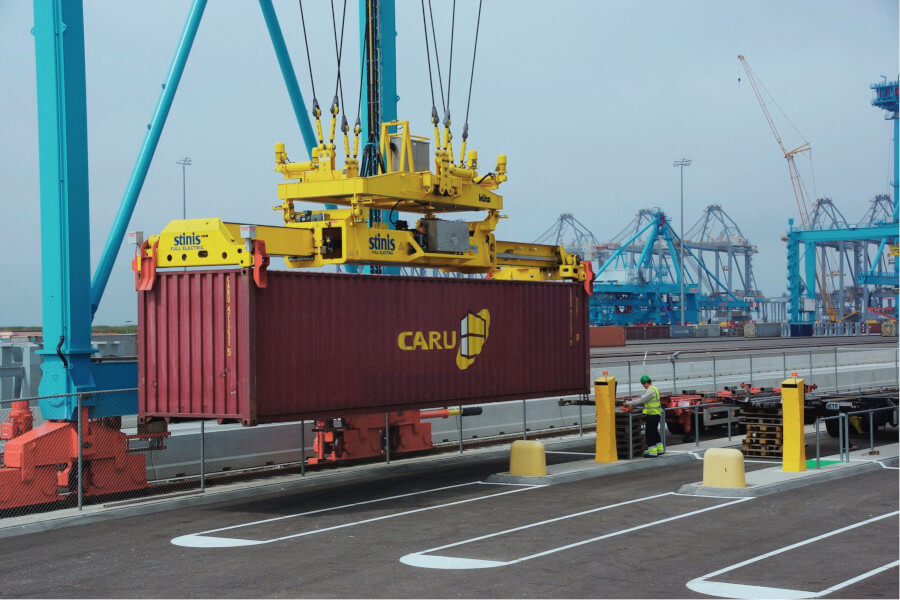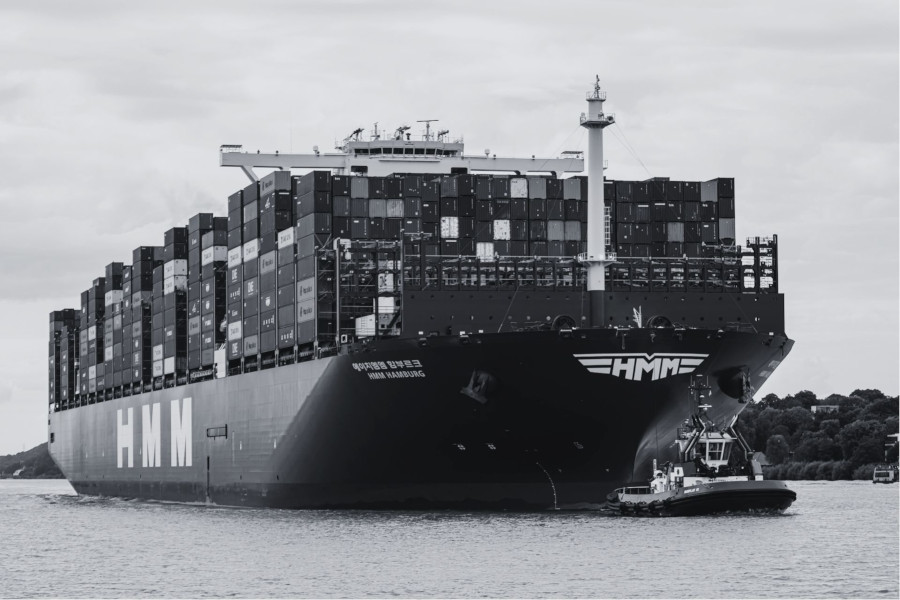Analysis of the ocean freight forwarding market Size of coverage, growth factors, demand, trends and forecasts for 2022
Short Sea Shipping moved 235 million tonnes last year, 4% more than in 2015, of which 20% was domestic cabotage traffic and 80% foreign traffic.
The main reports provide an analytical assessment of the main challenges currently facing this market and the characteristics of maritime transport as well as shipping companies in Spain and in the coming years, which helps market participants to understand the issues they may face when operating in this market over a longer period of time. This report mentions the value of the freight shipping market in 2016 and the expected value by the end of 2022 over the growth between 2016 and 2022. Various leading freight shipping players of the industry are studied with respect to their company profile, product portfolio, capacity, price, cost and revenue.
The study, which was prepared by the OETMC, the organisation that produces these reports each year, shows that over the past year, international ro-ro SSS recorded a growth of 3.3%, totalling 19.5 million tonnes, a figure that drops to 15.9 million tonnes if we exclude carloads. The vast majority of this figure corresponds to road traffic from the Mediterranean coast (13.95 million tonnes), while the contribution from the Atlantic coast continues to be much lower (less than two million tonnes).
In the northern part of the country, the volumes of goods transported to all countries have grown. In this sense, the characteristics of maritime transport have been marked. In this sense, traffic to France has grown by 16.3% “thanks to the Vigo Motorway of the Sea”, explained SPC-Spain, while to Great Britain it has grown by 7.5%. The fact is that companies are increasingly opting for short sea shipping in containers, aware of its great advantages.










